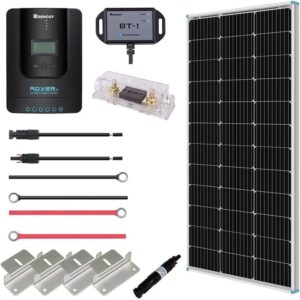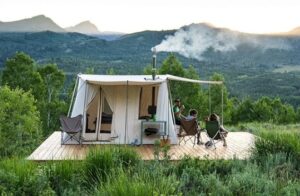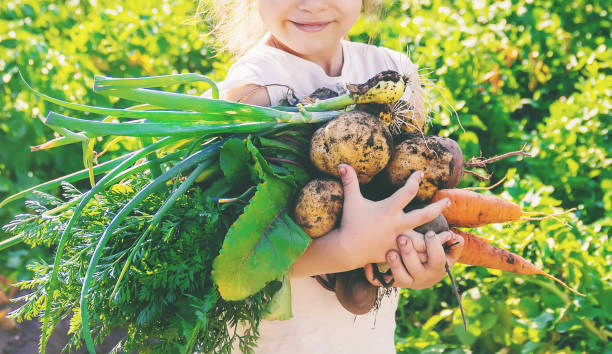
Starting a homestead garden can be an incredibly rewarding experience, whether you’re looking to grow fresh vegetables, beautiful flowers, or a mix of both. With the right tools, preparation, and know-how, you can create a thriving garden that suits your space and needs. Here’s a step-by-step guide to get you started, featuring essential gardening tools to make the process easier and more efficient.
1. Choose Your Garden Location
Pick a spot that gets ample sunlight—most vegetables and flowers need at least six hours of direct sunlight daily. Make sure the area has good drainage and is convenient for watering.
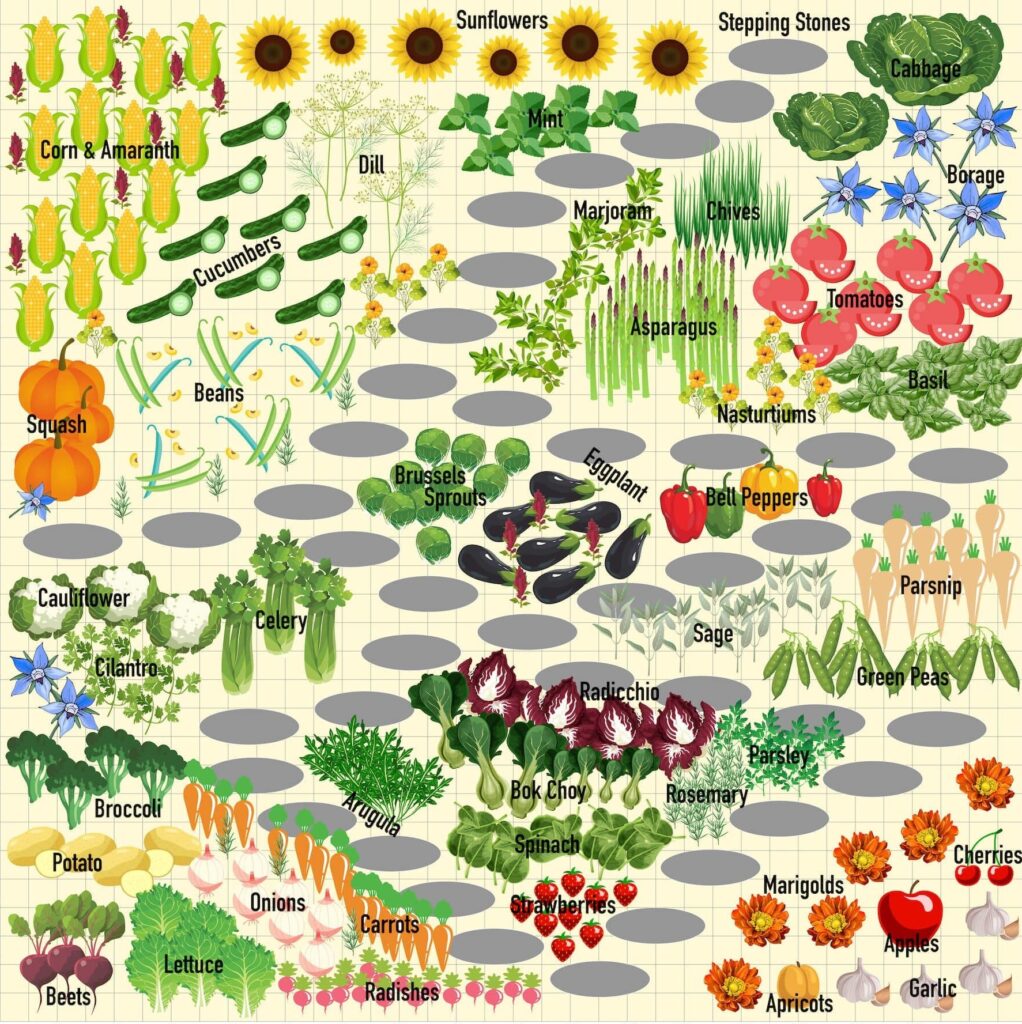
2. Test Your Soil
A healthy garden starts with good soil. Use a quality soil testing kit to check pH levels and nutrient content. Based on the results, you can amend your soil with compost or other necessary additives. It is critical that you use an accurate test kit to make sure your soil is proper for your vegetables. The kit I highly recommend is listed below.
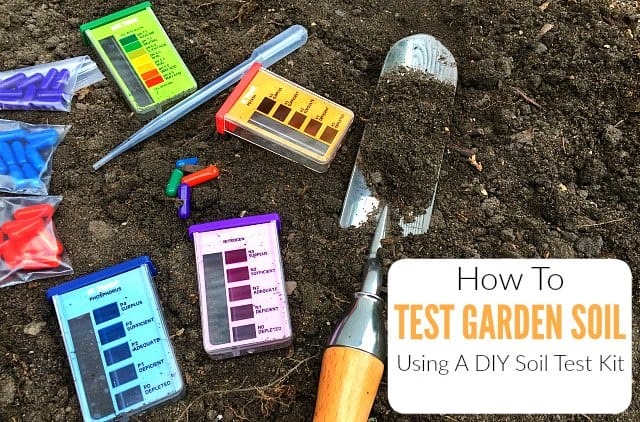
3. Prepare the Soil
Once your soil is tested, improve its quality by adding organic matter like compost from a compost bin. Use a garden fork to mix the compost into the soil evenly.
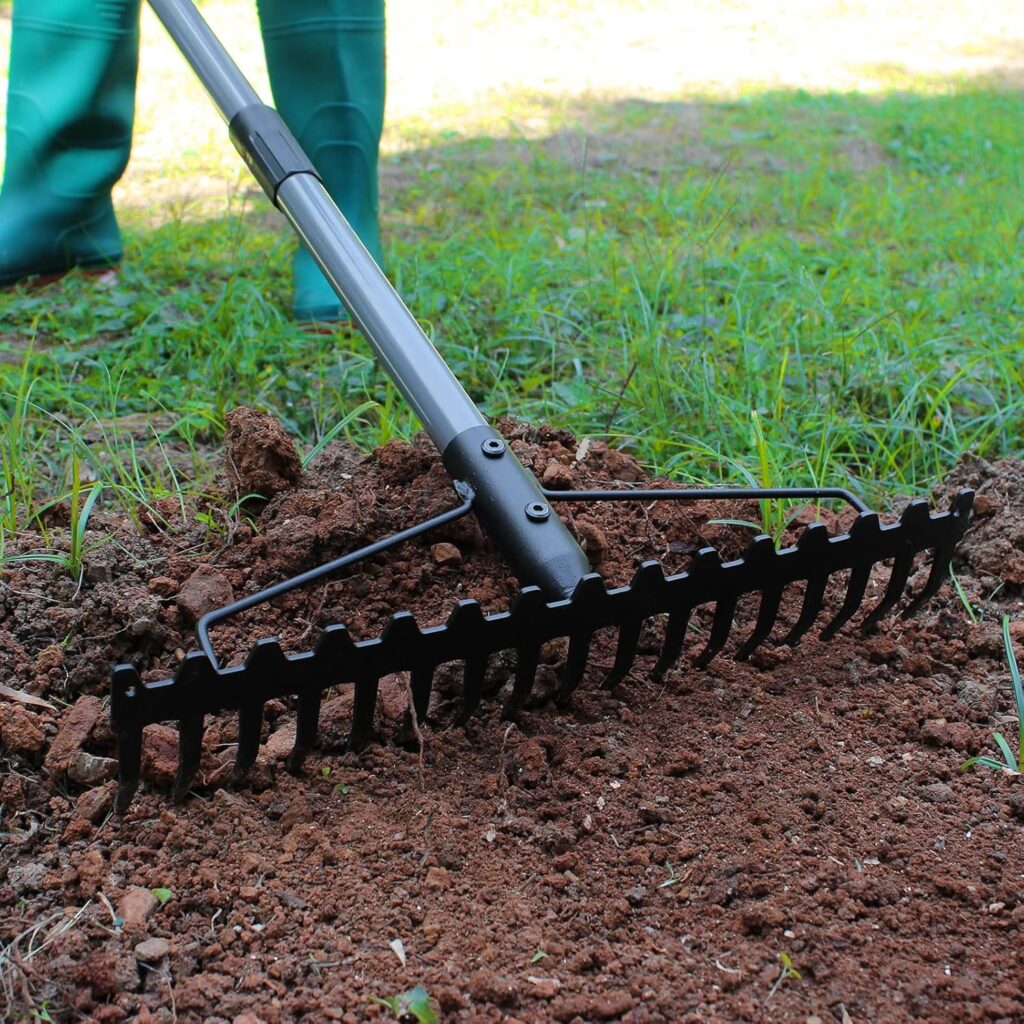
4. Use a Wheelbarrow
A flat free tires wheelbarrow is an indispensable tool for any gardener. Unlike traditional wheelbarrows, it eliminates the hassle of flat tires, ensuring smooth and reliable operation.
Use it to:
Save time and energy during garden setup and maintenance.
Transport heavy soil, mulch, and compost with ease.
Move plants, pots, and gardening tools across your garden.
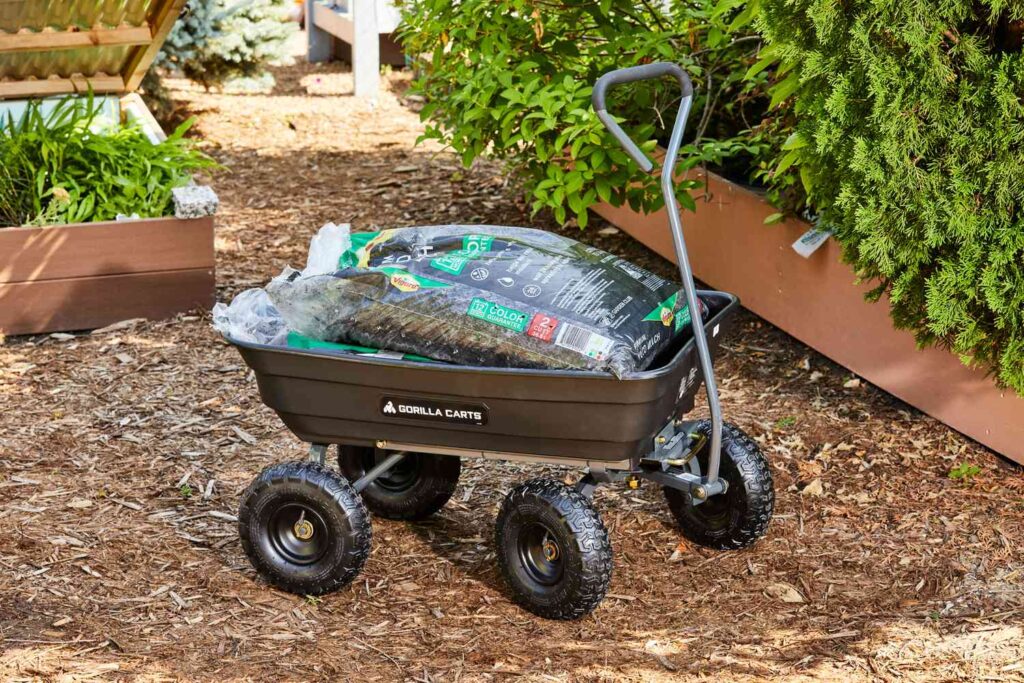
5. Plan Your Layout
Decide what you want to grow and map out your garden. Use plant markers to label where you will plant each type of seed or seedling. This ensures you can keep track of your plants as they grow. I have the one that I like to use listed below.
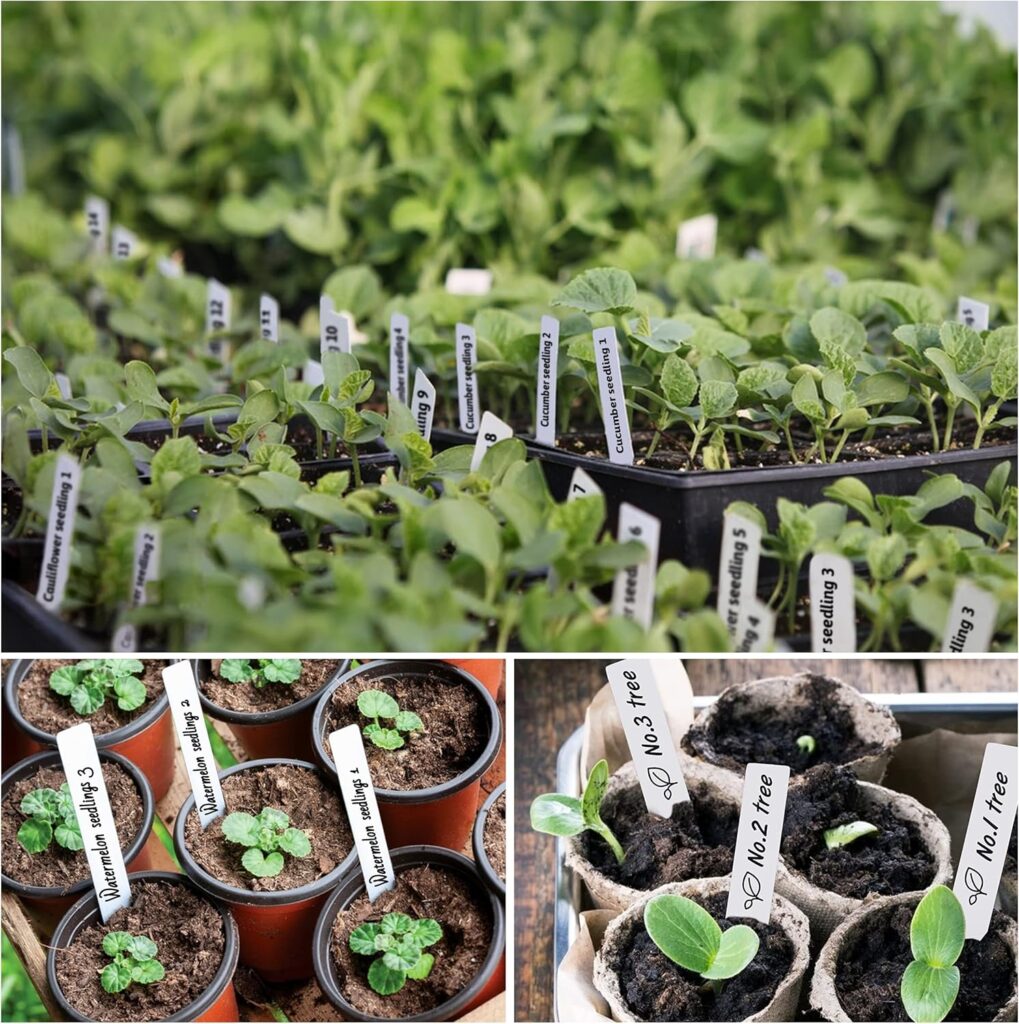
6. Mulch and Weed Control
Apply mulch or a weed barrier around your plants to retain soil moisture and reduce weed growth. This step will save you time and effort in the long run.
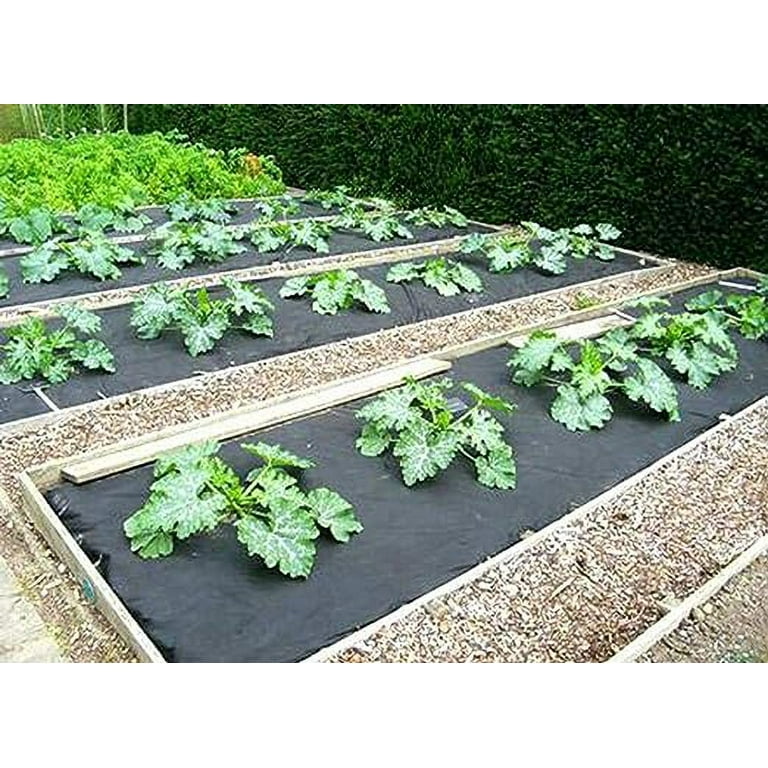
7. Start Seeds Indoors (Optional)
When your soil is ready and the weather is appropriate, plant your seeds or seedlings using the Homestead vegetable seeds kit. This kit comes packed with 55 different vegetables. You can consider starting your seeds using a seed tray or starter pots. This gives your plants a head start, especially in colder climates. If your planting directly into the soil, use a trowel for smaller plants and the shovel spade for larger ones. Follow the spacing and depth instructions on your seed packets. I put a link to this homestead pack below.
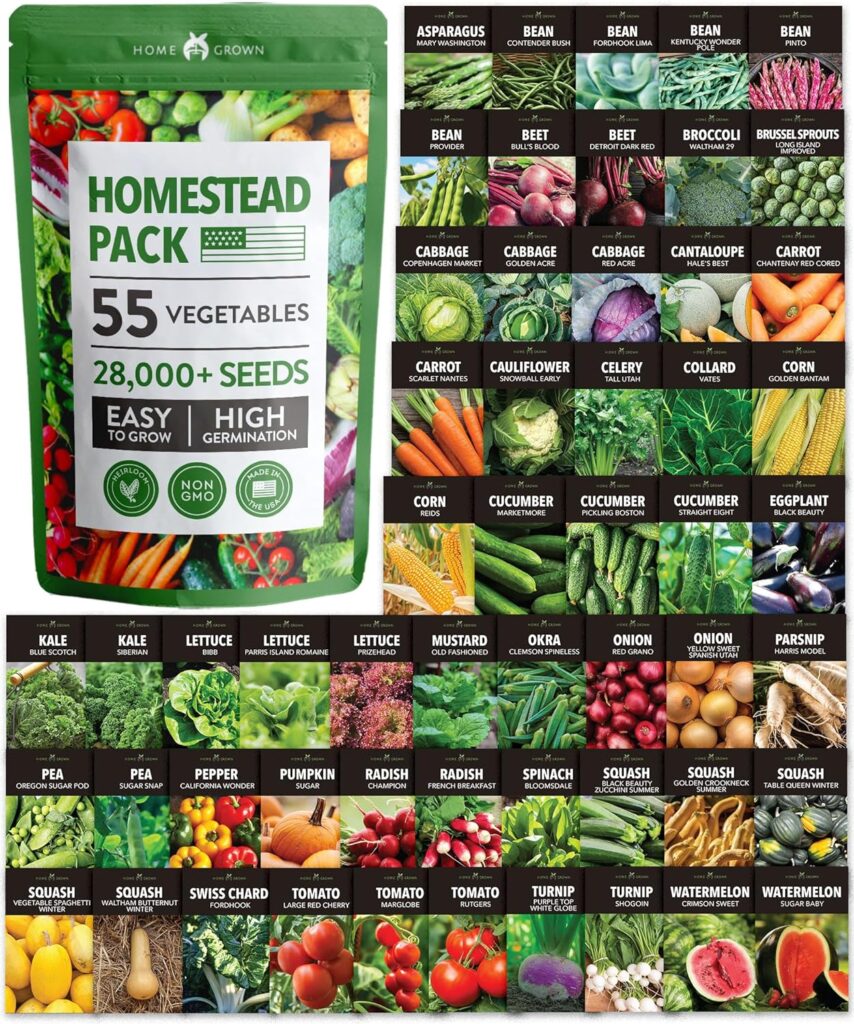
8. Water and Maintain
Water your garden regularly using a watering can or hose. Wear gardening gloves to protect your hands while weeding or handling plants. Regular maintenance, such as trimming with hand pruners and raking debris with a rake, will keep your garden healthy.
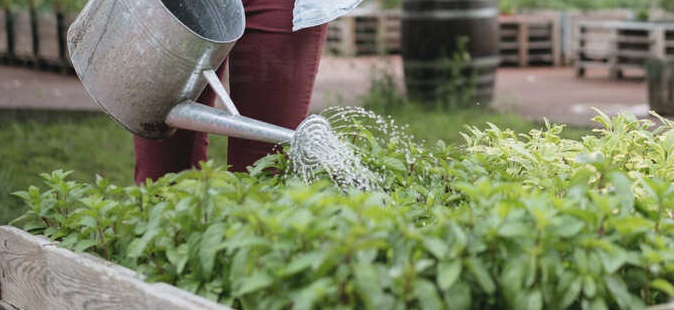
9. Harvest and Enjoy
Once your plants mature, harvest them as needed. A thriving garden not only provides fresh produce or flowers but also offers a sense of accomplishment and a connection to nature.
Starting a garden is a journey that combines planning, effort, and the right tools. With these steps and products, you’ll be well on your way to cultivating a beautiful and productive garden.
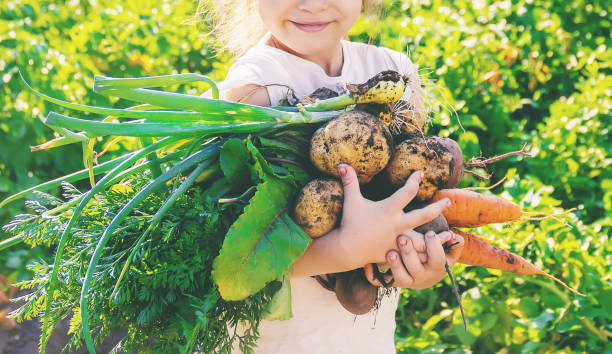
10. Get All The Tools I Personally Use For my Garden:
As an avid gardener, I recommend using these gardening tools available on Amazon to make my gardening journey efficient and enjoyable. From durable hand pruners for precise trimming to a flat free tires wheelbarrow for transporting heavy loads, each tool I use is carefully chosen for quality and performance. Whether it’s testing soil with a reliable soil testing kit, starting seeds in trays, or keeping my hands protected with sturdy gardening gloves, these tools ensure every task, big or small, is handled with ease. They’ve become my trusted companions in creating and maintaining a thriving garden.
- Homestead Seed Pack: Offers diverse, hardy vegetable seed options.
- Soil Testing Kit: Analyzes soil pH and nutrient levels.
- Mulch or Weed Barrier: Controls weeds and retains soil moisture.
- Plant Markers: Labels plants for easy identification.
- Seed Tray or starter pots: Starts seeds indoors for early growth.
- Trowel: Ideal for digging small holes and transplanting seedlings.
- Hand pruners: Essential for trimming plants and maintaining their health.
- Garden hoe: Great for breaking up soil and removing weeds.
- Shovel spade: Perfect for digging larger holes and moving soil.
- Rake: Useful for leveling soil and clearing debris.
- Watering can: Ensure your plants receive consistent hydration.
- Garden fork: Helps with aerating soil and mixing in compost.
- Compost Bin: Converts organic waste into garden compost.
- Gardening Gloves: Protects hands while working in soil.
- Wheelbarrow – Flat Free Tires: Makes transporting soil, mulch, and plants easier and more efficient.
People Also Ask?
How big should a homestead garden be?
Answer:
The size of a homestead garden depends on several factors, including your goals, the size of your household, the types of crops you plan to grow, and the amount of time and resources you can dedicate. The general rule of thumb when it comes to growing a garden is to have 100 square feet of gardening space (traditional row gardens) per person for fresh eating only. To preserve food and put it up for the non-growing season, you’re looking at 200 square feet of gardening space per person
What is a good size for a home garden?
Answer:
Household Size : – A single person may require around 100-200 square feet for a basic vegetable garden, while a family of four might need 400-800 square feet or more.
How big of a garden do I need to be self-sufficient?
Answer:
Most of us don’t have a whole lot of square feet to dedicate to gardening, but you probably don’t need quite that much as long as you’re efficient. A good rule of thumb is that you need about 100–200 square feet per person for a self-sustaining garden
How big should a homestead be?
Answer:
The typical homestead is comprised of about 3-5 acres. That is generally enough for a small assortment of livestock, the land to graze them, plus room for outbuildings and gardens.
How big of a garden do I need for a family of 4?
Answer:
Generally speaking, 200 square feet of garden space per person will allow for a harvest that feeds everyone year-round. For an average family of four, plan for an 800 square-foot garden—a plot that’s 20 feet by 40 feet in size should do the trick
How do I choose a garden layout?
Answer:
As a general rule, put tall veggies toward the back of the bed, mid-sized ones in the middle, and smaller plants in the front or as a border. Consider adding pollinator plants to attract beneficial insects that can not only help you get a better harvest, but will also prey on garden pests.
